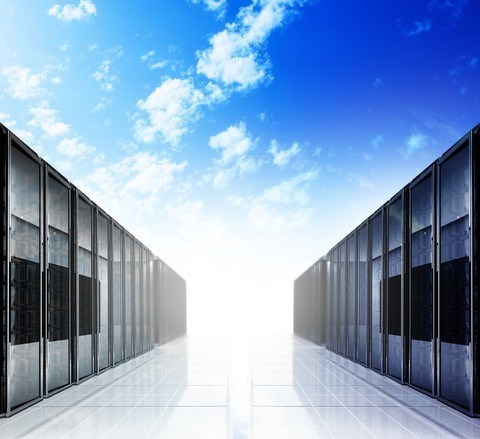What did you do today? Did you shop for groceries in a supermarket? Did you have lunch at a fast food restaurant? Perhaps you visited an ATM, or did some online or even mobile banking? What all of these things have in common is that they depend on a kind of computer that experts have been saying has been dead ever since the rise of PCs, and more recently, mobile devices: the mainframe. As you’ll see, rumors of the death of the mainframe have been greatly exaggerated.
Why Mainframes?
Although some people might scoff at the idea of mainframes in an era of cheap computing devices and clusters of rackmount servers, there is still one thing that many large organizations, including banks, chain retailers, government agencies and other enterprise customers require: sheer reliability.
Mainframes are engineered to be extremely reliable and fault tolerant. They use redundant components so that a hardware failure won’t bring the machine – and a business – to a halt. Components can be hot-swapped while the machine is still running. Mainframes have uptime measured in decades.
The emphasis on redundancy also often extends to the mainframe itself. Many organizations that use them have another mainframe in a backup data center in case a major disaster happens to the primary mainframe. Mainframe customers can afford it, but they really can’t afford to be unable to run their business for any length of time.
Modern mainframes aren’t the behemoths you see in old movies and TV shows, but they are bigger than most machines out there, about the size of a large refrigerator.
Why They’re Used
Mainframes are built for high throughput. While a loaded CPU might make your PC unusable, it’s actually a good thing with a mainframe. They’re ideally almost fully used throughout the day and night.
By day, they’re used for transaction processing, such as handling purchases at supermarkets. By night, they’re usually run in batch mode, processing lots of items at once. One good example is at a bank. During the overnight hours, a mainframe can process deposits and create monthly statements. The supermarket mainframe will tabulate daily and monthly sales, and show management which products are selling at what locations.
On the other hand, mainframes aren’t too good at things that are I/O intensive, so your first-person shooter games won’t play very well, although they probably won’t crash. (IBM and other companies have also built "gameframes" as high-powered game servers.)
The business world is 24/7 these days, so the distinction between transaction processing during the day and batch operations at night is starting to blur. That’s especially true when you can go shopping in the middle of the night in your pajamas, whether at home or even in a store. (Bunny slippers are strictly optional.)
While racks and racks of server clusters are becoming more common, especially with serving Web apps, the advantage of a mainframe is that there’s usually only one physical machine, although with virtualization it can serve as thousands of virtual machines. Like the notional hipster, mainframes were into virtualization before it was cool. (Learn more in The Benefits of Server Virtualization.)
Modern-Era Mainframes
If you still think of mainframes as a relic of the punch-card era, you’re wrong. Mainframes run some modern operating systems that are as sophisticated as the hardware they run on. IBM has been making a big push for Linux on mainframes in recent years.
Some organizations are actually moving from racks of servers to mainframes because they are easier to manage. This is known as a "scale up" strategy, which involves moving to a more powerful system rather than the "scale out" strategy of just adding another node to a network.
Enterprises will still use mainframes along with other solutions. For example, our hypothetical big box store will have a cluster of servers hosting its website, but use the mainframe for actually handling customer orders.
Why They’re Still Kicking
What are the main uses of mainframes? Transaction processing is one of the biggest. It’s also why most systems are designed to be extremely fault tolerant.
Another major use, going hand-in-hand with transaction processing, is very large databases. The support for large databases ties into enterprise resource planning (ERP). ERP ties together the various parts of a business – inventory, human resources, marketing, sales and accounting systems – to give executives a complete picture of an enterprise.
This ties into the need for large, reliable databases. The databases are being constantly hammered by people, executives, accountants, even clerks in stores.
Mainframe Market
The mainframe market is not nearly what it was in its heyday, but Big Blue still dominates. IBM has more than a 90 percent market share of the modern mainframe market. Unisys continues to manufacture mainframes descended from Burroughs. Hitachi is also a major manufacturer, along with HP.
The Future
Mainframes, in their modern form, are so indispensable to modern enterprises that they’re going to be around for a long time. Even with the growth of cloud computing, there will still be a need for the raw power and reliability that mainframes provide.






